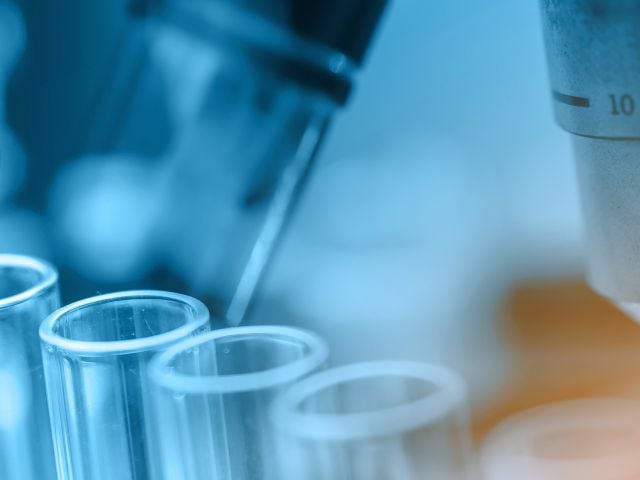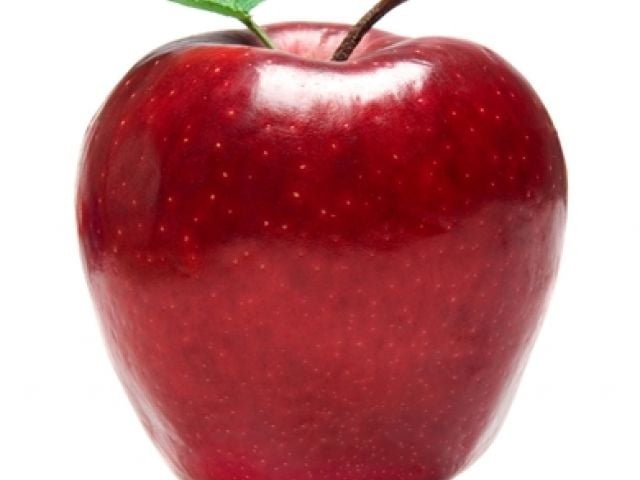Drinking Water and Children’s Health
Toxic pollutants in drinking water are particularly hazardous for children. Compared to adults, children drink more water per pound of body weight, resulting in greater exposure and greater risk. They...

Displaying 49 - 72 of 1791
Toxic pollutants in drinking water are particularly hazardous for children. Compared to adults, children drink more water per pound of body weight, resulting in greater exposure and greater risk. They...


An estimated half a million Minnesotans are drinking tap water contaminated with elevated levels of nitrate, a chemical associated with cancer and other serious health problems, according to a report...


Attached is EWG’s testimony to the Health Subcommittee of the House Energy and Commerce Committee on H.R. 2827, the Keep Food Containers Safe From PFAS Act of 2019.
Today the Trump administration will finalize its plan to repeal critical safeguards that prohibit the dumping of industrial and agricultural pollution into sensitive waterways that provide tap water...


Drinking water for more than 170 million Americans in all 50 states contains radioactive elements that may increase the risk of cancer, according to an EWG investigation released today.




The number of large concentrated animal feeding operations, or large CAFOs, in Iowa increased nearly fivefold in the past two decades, a new study from Environmental Working Group reveals, with almost all of the growth from big hog-feeding operations.


The EWG staff voted the landmark global climate accord approved on December 12 in Paris as the top environmental story of 2015. In our judgment, the achievement of the Paris pact is that, for the...

EWG charged today that the U.S. Environmental Protection Agency has failed to tell Americans – as required under federal law - tthat they have a right to know about the risks of pesticide exposure and...

Bananas are Americans' favorite fruit. The average American eats 10 pounds of the sweet yellow fruit yearly, according to the U.S. Department of Agriculture (USDA 2012a). In 2012, the U.S. imported 9...

Lead, PFCs, hexavalent chromium, fertilizer and pesticides are just a few of the dangerous contaminants found in U.S. drinking water. According to a new nationwide survey, Americans' concerns about...

EWG News Roundup (5/3): Here's some news you can use going into the weekend.



In 2017, EWG once again pushed the envelope in our mission to protect public health and the environment and empower all Americans to make better decisions about their safety and well-being.
